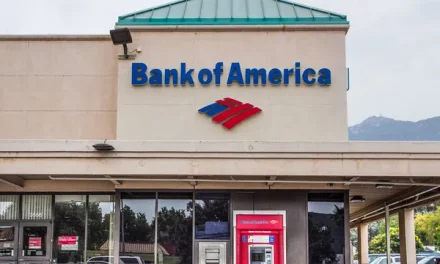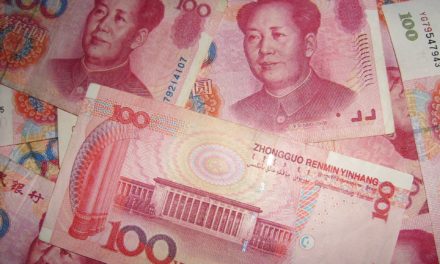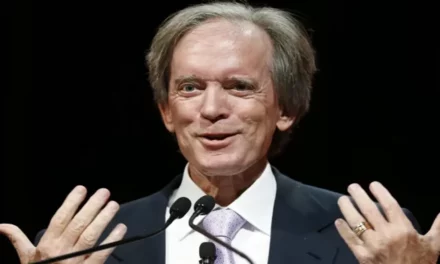Analysts are flabbergasted at Uber’s highly anticipated IPO valuation that has reached as much as $100 billion, and they concur no one has a reliable way to appraise it.
Dan Ives of Wedbush Securities commented about the $90 – $100 billion valuation that Uber is expected to price its initial public offering, saying that it is all in the eye of the beholder and thinks it’s the price that investors would be willing to pay.
With no quondam earnings reports for reference or profit to review, Lead Portfolio Manager Paul Meeks of Wireless Fund said the best possible way to better understand the IPO valuation is through the sales numbers. Rating the stock over six-times its reported sales, which he hinted would be a healthy valuation for an established company, Uber’s appraised value should be around $73 billion. In the same way, he estimated Lyft should have a valuation of $14 billion and per share price of $50.
Meeks was also quoted saying he doesn’t mind when a company has losses when they debut and go public. Persistent reports about Uber’s substantial financial losses are enough to make him pause. In 2018, Uber had reported $1.85 billion adjusted EBITDA loss and demonstrated a slackening growth of revenue. This caused a stir among investors and analysts as they also watched a decline in Lyft’s stock from an IPO price of $72 down to $59.90 on Friday’s close.
Both Ives and Meeks have linked Uber’s IPO to that of Amazon’s, another celebrated tech offering who debuted with excessive losses.
According to Ives, speculations that are going around regarding Uber’s valuation signify a great fear of missing out on the next opportunity to become Amazon.
It poses a considerable fear Ives added. That was an iconic and defining event in terms of tech stocks investment over the past last 20 years.
Ives asserts that while Uber epitomizes the first stock over recent years that investors perceive as another Amazon with the same potential growth, comparing these two companies is but a fool’s errand, with no hope of success.
The road to market profitability is hazy and comparing Uber to Amazon is like comparing a high school basketball player to a great superstar LeBron James.
The comparison, according to Meeks, should be a warning for Uber. He further noted that offering Amazon’s cloud product, the Amazon Web Services, marked a decisive moment for the stock and is now the critical lever that continually improves its profitability. Reports show that as of Q4 of 2018, representing 58% of Amazon’s overall operating income is Amazon Web Services.
Meeks also observed less opportunity in Uber Eats and Uber Freight, Uber’s other lines of businesses apart from ridesharing.
They will attempt to leverage their program into other services, but most will still be transport because this industry is their business and there are so many established players. Ultimately, Amazon will handle all freight transportation.
The Value of the $100 Billion Valuation
According to the Analysts whom we interviewed for this article, Uber’s valuation could be justified in some ways, but they all remain complicated and hard to predict as of now.
To validate or justify the $100 billion valuation, Senior Research Analyst Tom White of DA Davidson said he is searching for three important things. First, he would want to see proof of Uber’s revenue growth indicating significant improvement. Second, he would like to see signs that Uber’s margin pressure will not stay much longer. And third, he would try to have a better understanding if investors would be willing to pay a higher Uber premium as compared to Lyft.
Aside from Uber’s ridesharing business arm, where it is competing directly with Lyft, Uber might have a chance to distinguish itself in case another one of its businesses launches. Lyft’s expansion follows a slow progression, catering to only two countries and with a primary focus on ridesharing and mobility areas. On the other hand, Uber took the bull by the horns and used a different approach, taking on diverse projects and expanding into over 63 countries.
Ives thinks that the main focus is Uber Eats and Uber Freight which are the main ingredients in Uber’s recipe for profitability and success. He also feels that what prevailed in the S-1 is the high revenue and opportunity relative to what investors were anticipating. As an example, Uber Eats increased gross bookings from $1.1 billion for Q4 in 2017 to a whopping $2.6 billion for Q4 in 2018.
Presenting another key to higher profitability is the automation of its ridesharing business. For the time being, Uber gets only a fraction from each ride as its drivers take their share also. Also, Uber offers costly incentives for both drivers and customers as an enticement to become loyal customers which Uber admitted as a risky endeavor. If and when the company uses self-driving cars, the road to success and profitability may become even clearer.
Meeks also pointed out that if autonomous driving would someday become a reality, then that would make a profitable business. But Uber can’t rely on that right now since the possibility of automation is still undecided and obscure.
With very little time to take off, it is plausible that investors are already observing Lyft’s performance as Uber readies its promotional campaign.
For better and for worse, Uber and Lyft are both tied at the hip.















